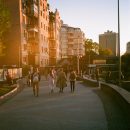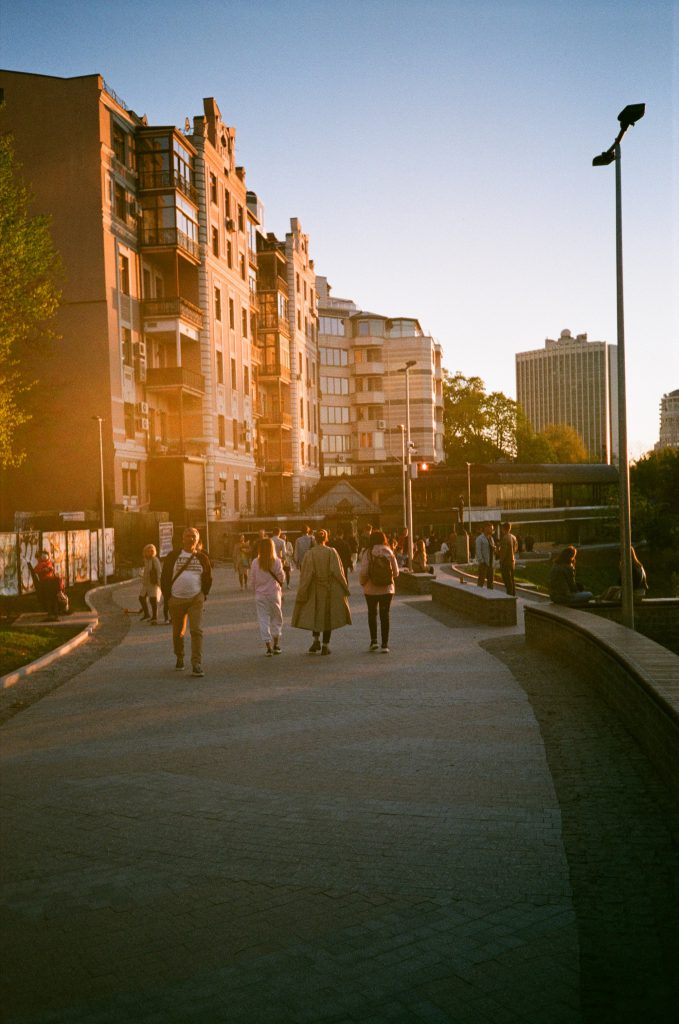
15 Minute Cities

maksim-zhashkevych-zDUO0nLGzbc-unsplash
A 15 minute city is a model for urban planning proposed by the academic Carlos Moreno, who is a researcher in the fields of complex systems, robotics, and artificial intelligence, back in 2015. It is a concept that seeks to improve quality of life by having minimal travel among housing, offices, restaurants, parks, hospitals and cultural destinations. When the Covid pandemic revealled that people could work away from city centres because they were forced to remain local to their area this model became more of a possibility.
The idea is based on four principles:
Proximity – having amenities close by
Diversity – neighbourhoods should have mixed use elements and a diverse culture and people
Density– what would be the optimal number of people per km
Ubiquity – the area should be affordable for all
Each neighbourhood created by the idea should be able to fulfil six social functions: living, working, supplying, caring, learning and enjoying.
The 15 minutes radius is defined by how far someone can walk or cycle in that time so that even those without a car are able to benefit. Within this walking distance there needs to be daily destinations: housing, a centre such as a public square or a main street and a mix of small businesses. It does not expect that many workers would be based at home but that they should be able to reach a co-working space by walking there. If an area is considered one with ‘high walk appeal’ i.e that it is attractive and useful people are more likely to be prepared to walk further. Within a 15 minute cycle ride they should be able to reach cultural, medical and higher education facilities as well as parks and major employers.
The benefits of this model anticipate that there would be a reduction in fuel use and therefore carbon footprint. By doing more walking or cycling people’s health and well-being would improve as does having amenities nearby as it saves time. Studies have shown that living in cities can lead to an increase in mental health issues such as anxiety and depression.
On the negative side the idea does take it for granted that a decent infrastructure is in place. That streets and passages are connected and allow easy travel, which of course is not always the case and could lead to greater inequality for those out of reach.
When you search for a commercial property on NovaLoca you can enter a search radius under the ‘refine your search’ banner from as little as 1 mile to nationwide.
